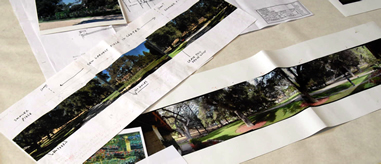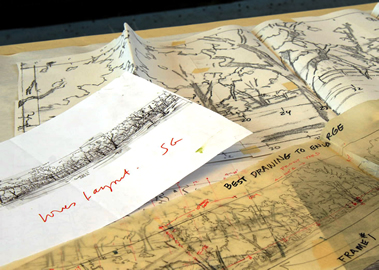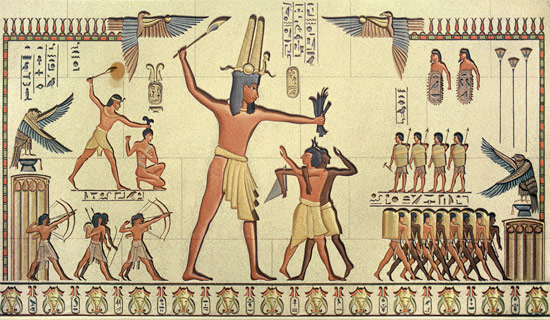Table of Contents
Painted Backings: Capture, Render, Output
Tips and Tricks: Everything Old is New Again
On Location: Pierre Steele’s Portfolio
Credits: What’s New
Client News
JC Backings News
Painted Backings: Capture, Render, Output
Creating a backing is more involved than taking a picture or painting a canvas. It requires special research, review, sketching, and revising… and that’s before the backing goes into production. Backings are the end result of a detailed creative process that includes three phases: capture, render and output.
“Painted Backings” is the first of a three-part series that will show how JC Backings approaches each project, and how it delivers what clients need for every type of production.
The painted backings created for “It’s Complicated” (PD: Jon Hutman; AD: W. Steven Graham) are an excellent example of how the process works.
Capture
When a client needs a backing created, they often provide plans, location photos, and tear sheets that show what the PD/AD has in mind.

From there, JC Backings will try to go on location to take their own photos, then digitally seam them together to create a panorama that serves as the foundation for the rendering phase.

Render
Once the key elements are in place, JC Backings lays out the backing using a combination of sketches and enlargements.
Using pencil, then charcoal, scenic artists draw sketches to scale for the client’s review and notes.
 Output Output
Output is in two phases:
First, a small scale version of the backing is painted, complete with color palettes.
Second, once approved, the enlarged sketch is projected onto a blank piece of muslin using an overhead projector. The backing is hand-drawn first in charcoal, and then inked-in before the scenic artists begin painting.

The end result is a backing made to the clients specifications and complete satisfaction.

View the complete set of backings from “It’s Complicated.” Search for backing numbers 9917, 9917-9, 9917-9-1, 9918, 9919 and 9920.
The next installment, “Photo Backings” will show how JC Backings approaches the capture-render-output workflow for photo backings. |












